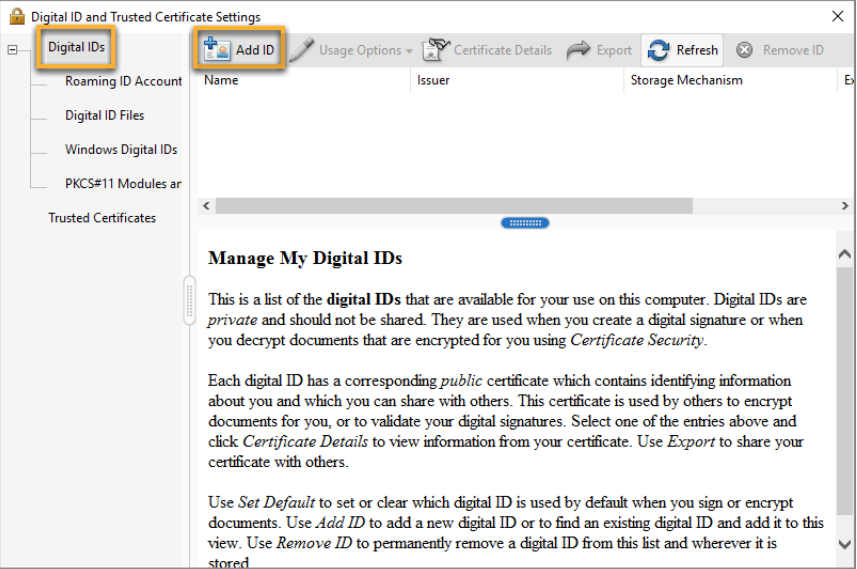As businesses become more globalized, utilizing electronic signatures on important documents has become a quick and efficient way to ensure documents hold legal weight. The following article will highlight several considerations regarding electronic signatures.
What is an electronic signature?
As defined by the federal E-Sign Act, an electronic signature is an “electronic sound, symbol, or process attached to or logically associated with a contract or other record and executed or adopted by a person with the intent to sign the record.” This act states that documents cannot be denied legal effect due to being in an electronic form, and that an electronic signature does render a document invalid.
What documents can and cannot use electronic signatures?
The vast majority of documents a company requires signatures on can employ electronic signatures. Whether commercial, stock purchase, or option agreements, or investment documents, electronic signatures can be utilized. Exceptions where an electronic signature may not be sufficient include documents relating to intellectual property transfers or estate planning. In these cases, a wet signature should still be provided.
Are there any common mistakes to be aware of when using electronic signatures?

The two most common mistakes when using electronic signatures are those associated with features from an electronic signature service. The first is in relation to the specific ID number generated by the service and associated with the document. If additional pages are added to the document after an electronic signature has been provided, these new pages may not contain the ID number and this could raise questions regarding enforceability. Additionally, if changes are made to the body of the document after a signature has been provided, there will be a discrepancy between the timestamp associated with the signature and the finalized document, again raising an issue of enforceability.
How can I avoid these common mistakes??
Avoiding these mistakes is very easy, one just has to ensure that the document is finalized before being uploaded to the document signing service and that all parties are using the same service. This will ensure that all pages of the document contain the specific ID number assigned to it and that there are no timestamp discrepancies.
If certain parties still prefer to provide a wet signature as opposed to an electronic one, ensure the electronic signature service you are utilizing will allow you to upload these pages containing a wet signature to the electronic form of the document.
In an increasingly globalized and technology-oriented world, electronic signatures provide an easy and efficient way to ensure enforceability and legal standing of a document.